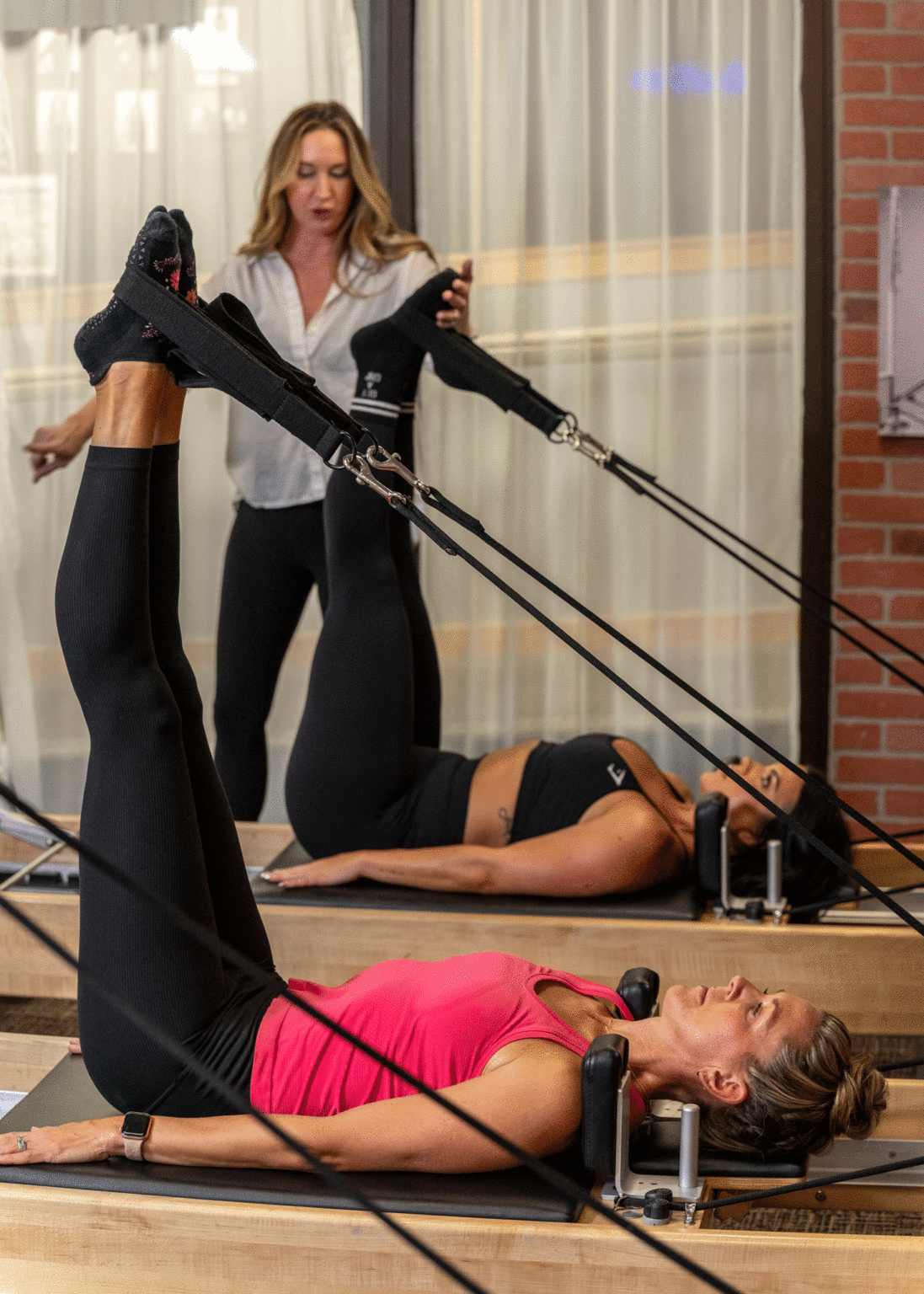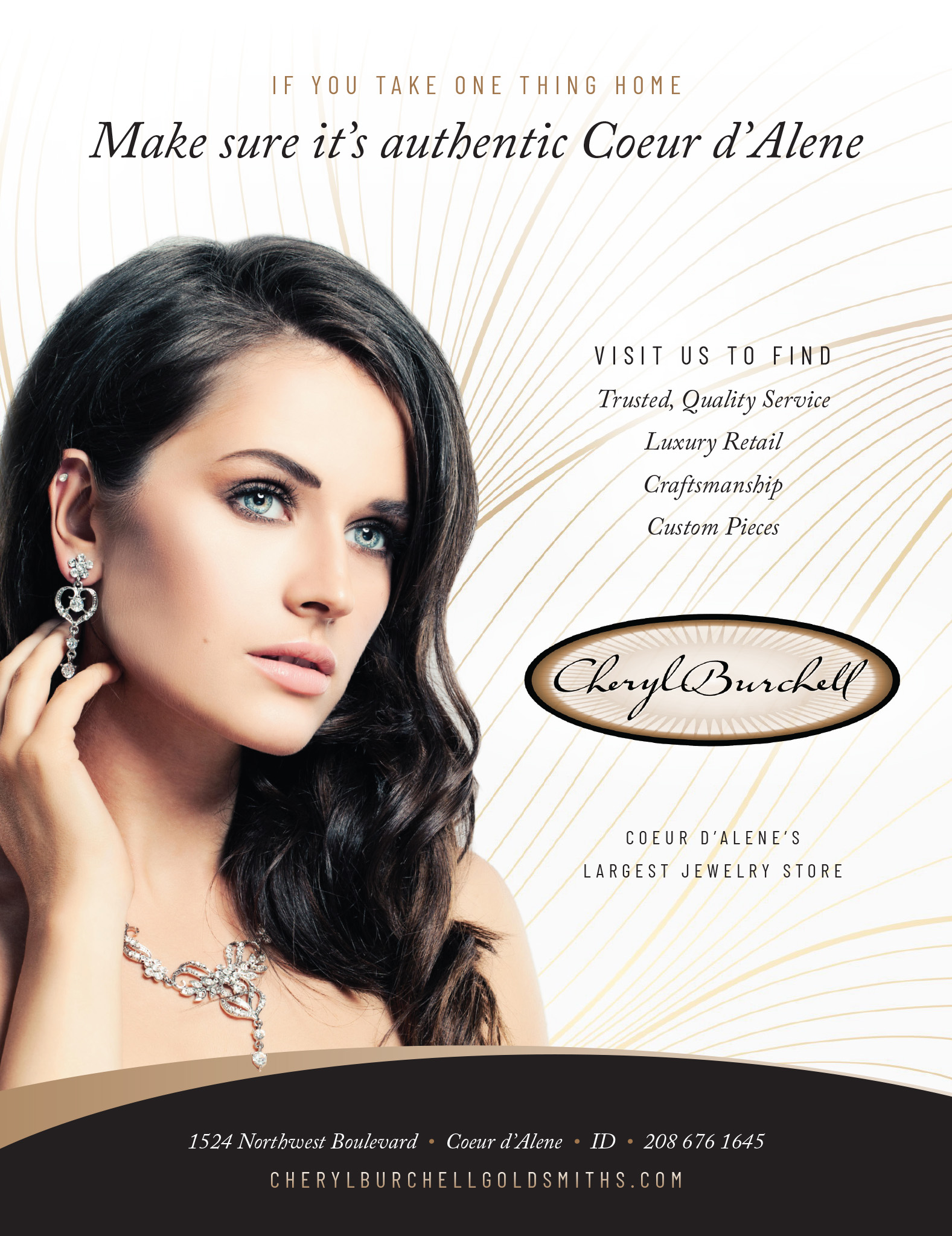Working at a gym that offers Pilates classes, I often hear the conversations people have. “Pilates, it’s just yoga.” Or, “Pilates, it’s just stretching.” I had similar thoughts about this form of exercise as well, that is before I took a Pilates class with the intention of it being a way wind down end of the day.
Instead, I left the class feeling worked and humbled. Pilates gets at muscles not typically targeted in other types of workouts and relies on body weight movements to get the job done.
By definition, Pilates is a system of physical conditioning involving low-impact exercises and stretches designed to strengthen muscles of the torso and often performed with specialized equipment.
Basically, it’s a practice that focuses on repeated movements that are all about technique and breathing. And the benefits are many, such as improving muscle flexibility, joint range of motion and posture by lengthening and streamlining the body. Pilates strengthens the core and creates an evenly conditioned body.
The types of Pilates are:
>> Classical: Also known as traditional Pilates, classical refers to the series of exercises designed by the father of Pilates, Joseph Pilates, and performed in a precise sequence with the purpose of achieving complete coordination of body, mind and spirit.
>> Mat: This is a type of Pilates practiced on the floor and requires little to no equipment. It focuses on developing core strength through a series of movements and emphasis on breathwork.
>> Contemporary: This type integrates various traditional Pilates exercises with other forms of exercises like yoga, fitness training and physiotherapy.
>> Reformer: Utilizing one sleek piece of equipment called a reformer, this type of Pilates can train many parts of the body in a variety of ways.
Pilates can be done at home (except for reformer Pilates) or in a class setting. Home workouts can be achieved by following a workout on YouTube or through a Pilates app. All you need is a mat and minimal equipment, depending on what kind of exercises are being performed.
Amanda Rohde is certified in personal training, nutrition and Pilates.
>> Beyond the physical
Pilates is more than a workout. It can transform both the body and the mind.
Just ask volleyball coach Jessica Trevena. An athlete her entire life, Trevena turned to Pilates after discovering heavy lifting and high-intensity workouts were too hard on her body following knee surgeries and shoulder problems.
“I wanted a way to regain strength and fitness for emotional and physical gain,” said Trevena, who owns 208 Volleyball in Post Falls. “I was tired of feeling down about my body and I needed to find something that would get me to the gym every day. The first time I tried it, I fell in love with it, and I never want to miss a class.”
Trevena started Pilates at Reform Studio in Coeur d’Alene a year ago. Since then, she has shed weight and toned muscles. But the benefits have gone beyond the physical gain, she said.
“The constant focus on balance, core and strength is creating a reformation of your body and mind,” she said. “I have found an enormous growth in mental toughness and peace. Beyond the fact that you can feel your body and mind becoming stronger, you also build a new connection between the two that is incredibly rewarding.”
Trevena didn’t expect to get so much out of an exercise class.
“Overall, the transformation of my mind and body has been the biggest surprise,” she said. “But the Pilates community has been the greatest reward.” N
Story by Amanda Rohde
Photography by Joel RIner



